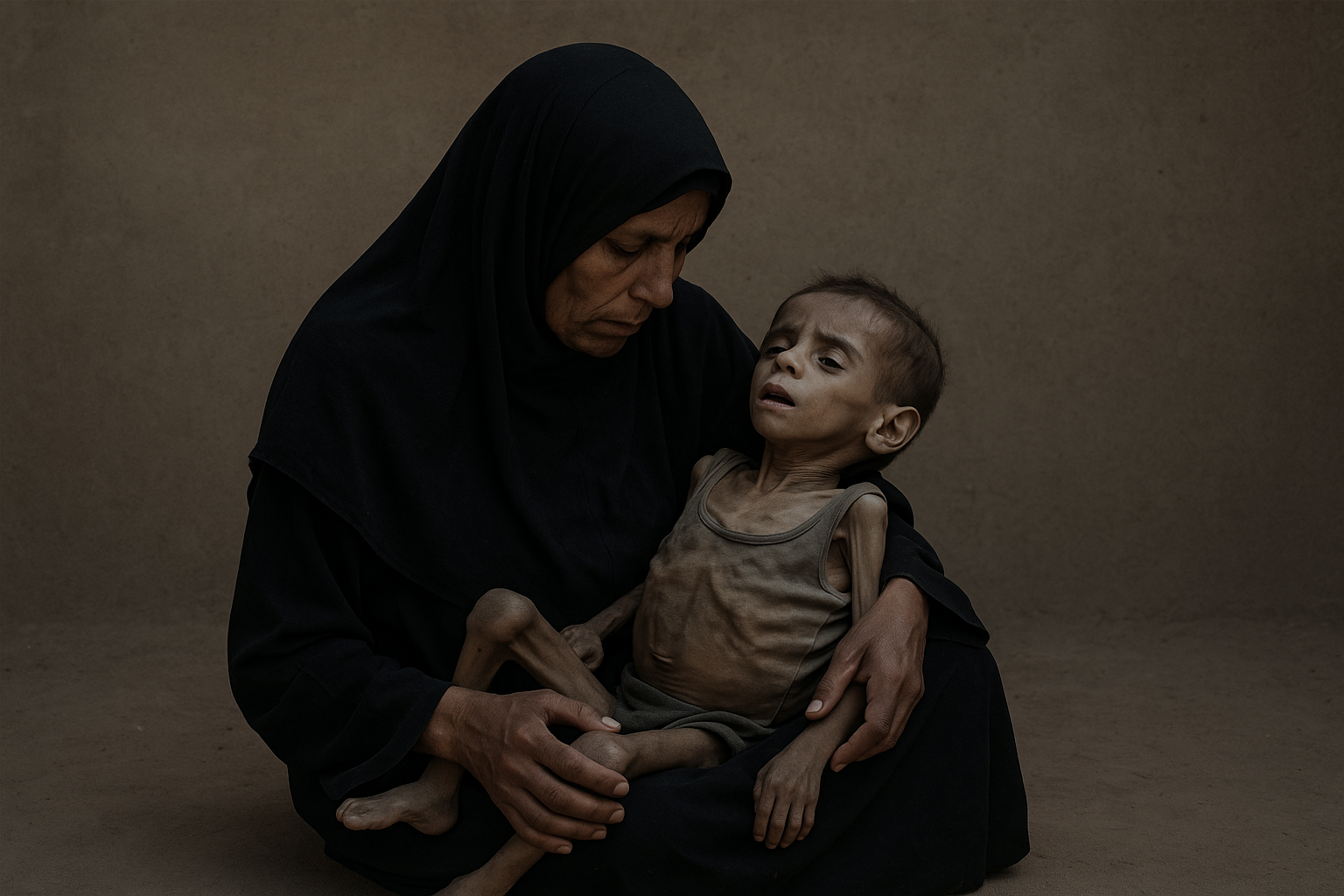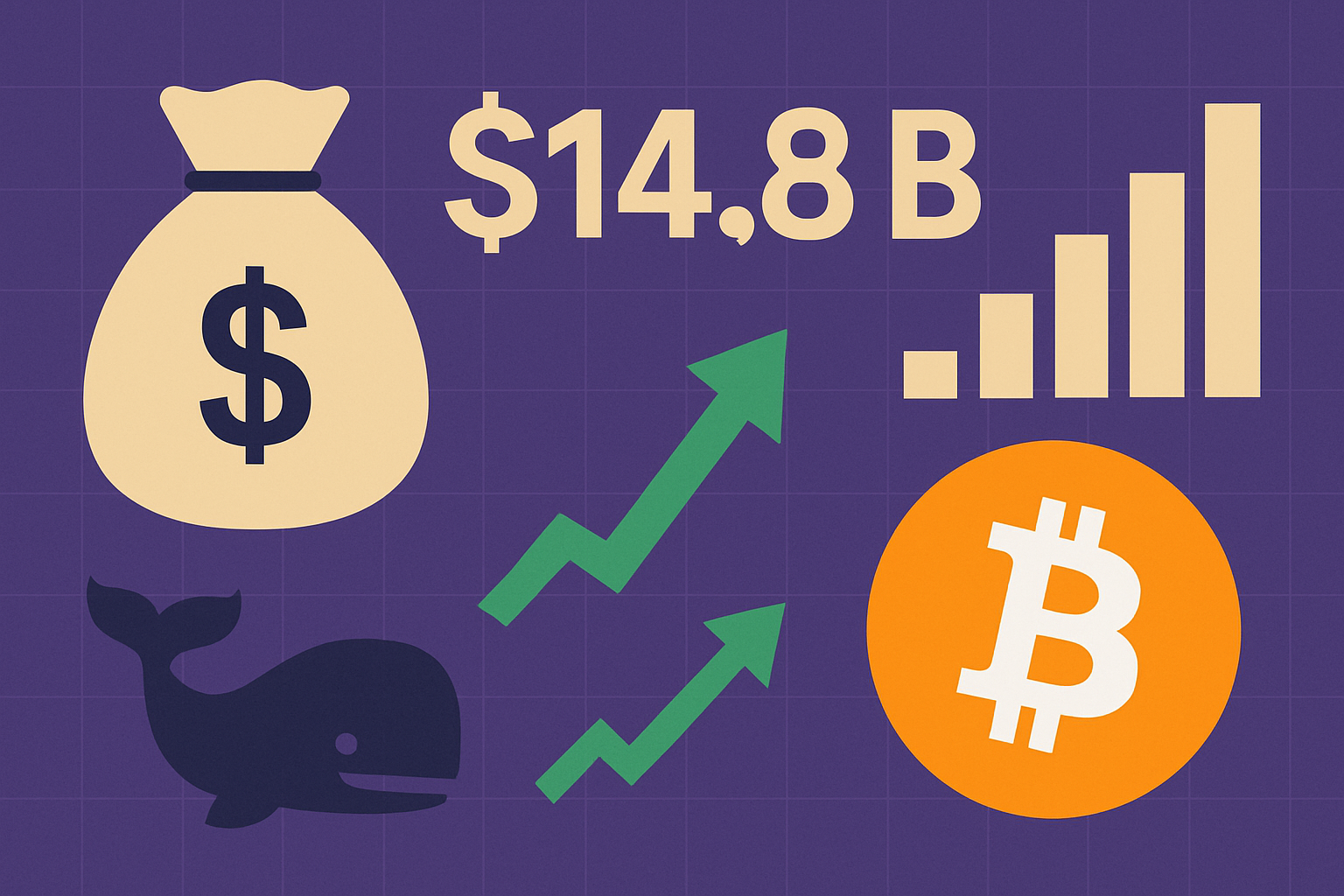Introduction
In August 2025 the global food security monitoring body confirmed that famine has officially struck Gaza. This declaration marks the first time famine has been recognized in the Middle East under modern international definitions. The announcement followed months of escalating warnings from humanitarian organizations, who described conditions as catastrophic, unsustainable, and entirely man-made. Over half a million Palestinians, nearly a quarter of Gaza’s population, are now classified as facing famine-level food deprivation, with projections suggesting the number will rise in the weeks ahead.
UN Secretary General António Guterres called the declaration “a failure of humanity,” stressing that this famine was not a result of natural disaster but of deliberate human decisions. His words underscored a growing global consensus that starvation is being used as a weapon of war, a devastating accusation with profound moral and legal implications.
What Defines A Famine?
Famine is not declared lightly. According to internationally recognized criteria, three critical thresholds must be crossed before famine can be officially confirmed. At least 20 percent of households must experience extreme food deprivation with no ability to cope. At least 30 percent of children under five must suffer acute malnutrition. Finally, mortality rates must exceed two people per 10 000 per day, with starvation and related diseases driving deaths. In Gaza all three conditions have been met, particularly in the northern areas surrounding Gaza City. The data indicates a society pushed beyond the edge of collapse.
Roots Of The Crisis
The famine in Gaza is not the result of drought, crop failure, or environmental misfortune. It is the direct consequence of war, blockade, and mass displacement. Two years of relentless conflict have obliterated Gaza’s agricultural base. Nearly all farmland has been destroyed or rendered inaccessible, fishing has been halted by naval restrictions, and irrigation networks have been dismantled. The blockade on food, fuel, and medicine has strangled supply lines, creating a suffocating environment where survival itself becomes impossible.
More than two million people, the vast majority of Gaza’s population, have been displaced from their homes. Families crowd into temporary shelters or makeshift encampments with no sanitation and no reliable access to clean water or food. Entire neighborhoods have been flattened by bombardment, leaving behind rubble and no means to sustain life. The humanitarian infrastructure that might have softened the blow—hospitals, aid warehouses, and local supply systems—has been systematically destroyed or restricted.
Israel’s Denial And Military Strategy
In response to the famine declaration, Israel rejected the findings outright. Prime Minister Benjamin Netanyahu called the reports “false and fabricated,” insisting that Israel does not use starvation as a tool of war. Officials pointed to limited aid deliveries in recent weeks as evidence that humanitarian needs are being met. Yet aid organizations on the ground paint a very different picture, describing a system in which only a fraction of required food enters Gaza and most of it is blocked from reaching the hardest-hit northern regions.
Instead of signaling a shift toward easing restrictions, Israel has escalated military action. Troops have surrounded Gaza City, with officials warning of a “gates of hell” assault if Hamas does not surrender and release hostages. Plans under discussion include pushing civilians southward into the al-Mawasi area, a coastal strip with virtually no infrastructure to support hundreds of thousands of displaced people. Humanitarian leaders describe such a move as a forced transfer that will only deepen the suffering.
Ceasefire Talks And Hostage Negotiations
Alongside military escalation, political negotiations remain in flux. Hamas has signaled conditional acceptance of a staged ceasefire proposal tied to the release of hostages. Families of Israeli hostages have publicly pleaded with their government to agree to a sixty-day ceasefire to secure the safe return of their loved ones and to halt the devastation in Gaza. Despite these appeals, Israel has not formally responded to the proposal and has avoided sending negotiators to mediating states such as Qatar and Egypt.
Prime Minister Netanyahu has stated that talks may move forward “under conditions acceptable to Israel,” but he continues to link progress to Hamas’s total disarmament. For many observers, this stance suggests that military objectives are being prioritized over humanitarian needs.
The Humanitarian Fallout
The consequences of famine extend far beyond hunger itself. Hospitals already running on limited fuel and supplies now face a surge of patients suffering from malnutrition, dehydration, and preventable diseases. Aid workers report being ordered to evacuate equipment and staff from northern facilities to southern Gaza, but local health authorities resist leaving populations behind to starve.
Children are the most visible victims. Images emerging from Gaza show skeletal toddlers with sunken eyes and distended stomachs, their bodies evidence of severe wasting. For mothers and fathers, the choice is unbearable: risk death by staying in besieged areas or risk displacement, separation, and further deprivation by fleeing southward. The psychological toll of watching children waste away with no means to intervene compounds the physical suffering.
International Pressure Builds
The famine declaration has galvanized global opinion. UN agencies, humanitarian organizations, and foreign governments are calling for an immediate ceasefire and unrestricted humanitarian access. Leaders of major NGOs describe the famine as not a natural disaster but a deliberate outcome of political and military choices. International law experts argue that starvation as a weapon of war constitutes a war crime, raising the stakes for accountability in the future.
Western governments, long hesitant to directly challenge Israeli policy, are now facing mounting pressure from their citizens and humanitarian lobbies. Calls are growing louder for sanctions, arms embargoes, or at minimum the conditioning of military aid on measurable improvements in humanitarian access. Religious leaders including the Pope have called for a global day of prayer and fasting, framing the crisis as not only political but profoundly moral.
Gaza’s Social Collapse
The famine is accelerating the unraveling of Gaza’s social order. With food unavailable, desperate civilians intercept aid convoys, sometimes clashing violently over scraps of bread and rice. Looting and lawlessness are spreading in the absence of functioning institutions. Schools have been destroyed or repurposed as shelters, leaving children without education and vulnerable to exploitation.
Health services are collapsing under the combined weight of malnutrition, war injuries, and lack of medicine. Waterborne diseases such as cholera and dysentery are rising sharply, feeding into the cycle of malnutrition and death. With so many displaced, traditional community networks have fractured, eroding social cohesion and leaving families isolated.
A Preventable Tragedy
Perhaps the most haunting aspect of Gaza’s famine is its preventability. Unlike droughts in the Horn of Africa or crop failures in South Asia, this crisis was engineered by human choices. The war, the blockade, the bombardment of infrastructure, and the obstruction of humanitarian aid combined to create a perfect storm of deprivation. International experts stress that with full access, aid groups could feed Gaza’s population quickly and effectively. Warehouses of food exist within miles of starving children, yet political barriers prevent its delivery.
The Path Ahead
The future of Gaza now hangs on three interconnected threads: military escalation, political negotiations, and humanitarian intervention. If Israel presses forward with its assault on Gaza City while continuing to restrict aid, the famine will deepen and spread. If political talks stall, hostages remain captive, and ceasefire remains elusive, civilians will bear the brunt. Only a robust humanitarian mechanism, backed by international pressure and guaranteed access, can begin to reverse the trajectory.
The famine declaration was not just a bureaucratic milestone; it was a moral alarm bell. It confirmed what aid workers have warned for months—that Gaza’s children are dying of hunger in the twenty-first century. Whether the world responds with action or continues with paralysis will determine if history remembers this moment as the start of recovery or as the point of no return.
Conclusion
The famine in Gaza is a devastating marker in a long and brutal conflict. It is not simply a humanitarian emergency but a political and moral crisis. The UN’s declaration forces the global community to confront uncomfortable truths: starvation is being weaponized, humanitarian law is being ignored, and civilians are paying the ultimate price.
As the conflict rages and talks falter, hundreds of thousands of Palestinians face the prospect of death not from bombs but from hunger. Whether through ceasefire, humanitarian corridors, or international intervention, the choices made in the coming days will decide the fate of Gaza’s people. The famine is a test not only for the region but for humanity itself.













